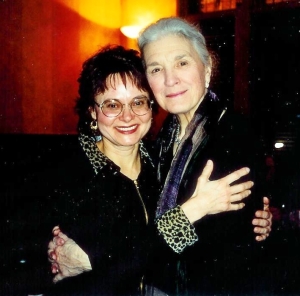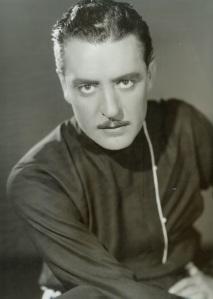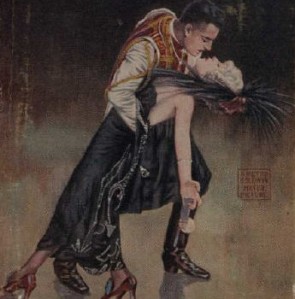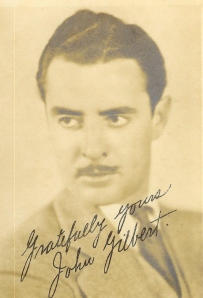 How can anyone describe something as spectacular as a sunset? Nothing can take the place of a photograph, can it? Augusta J. Evans (1835-1909) creates a credible word picture of a sunset on page 116 of ST. ELMO, and the twilight that follows sets the eerie stage for the entrance of the Byronic protagonist “St. Elmo Murray.”.
How can anyone describe something as spectacular as a sunset? Nothing can take the place of a photograph, can it? Augusta J. Evans (1835-1909) creates a credible word picture of a sunset on page 116 of ST. ELMO, and the twilight that follows sets the eerie stage for the entrance of the Byronic protagonist “St. Elmo Murray.”.
The sun went down in a wintry sky; the solemn red light burning on the funeral pyre of the day streamed through the undraped windows, flushed the fretted facade of the Taj Mahal, glowed on the marble floor, and warmed and brightened the serene, lovely face of the earnest young student. As the flame faded in the West, where two stars leaped from the pearly ashes, the fine print of Edna’s book grew dim, and she turned the page to catch the mellow, silvery radiance of the full moon, which shinning low in…
View original post 122 more words


























